خورشت کاری: The Spicy Art of Persian Stew Making (That You Can Master at Home)
When you hear the word "Khoresht," what comes to mind? A bubbling pot of slow-cooked, aromatic stew with tender meat, bright fruits, and a kick of spice? If not, it should! And if you're thinking about mastering خورشت کاری — or Khoresht-making — then you've come to the right place.
In this guide, we’ll walk you through everything from the spices that define each dish to the techniques that turn ordinary ingredients into extraordinary meals. Plus, we’ve got pro tips, comparisons between popular Khoresht varieties, and yes — plenty of humor along the way!
Table of Contents
- Introduction to Khoresht
- The Spice Lineup That Makes Khoresht Shine
- Pro Techniques for Perfect Khoresht Every Time
- Comparing Top 5 Persian Khoresht Styles
- Life-Saving Tips from Khoresht Experts
- Troubleshooting Your Khoresht Dilemmas
- Summary & Next Steps
What Is خورشت کاری Anyway?
Put simply, خورشت کاری is the art of making Persian stews — known as khoreshts. These are rich, slow-simmered dishes often featuring a combination of meats (lamb, beef, chicken), legumes, fruits, and an array of fragrant spices.
Each region in Iran has its own twist on khoresht, but all follow one golden rule: balance. Sweet meets savory, sour balances richness, and heat dances with earthiness — all in a single spoonful.
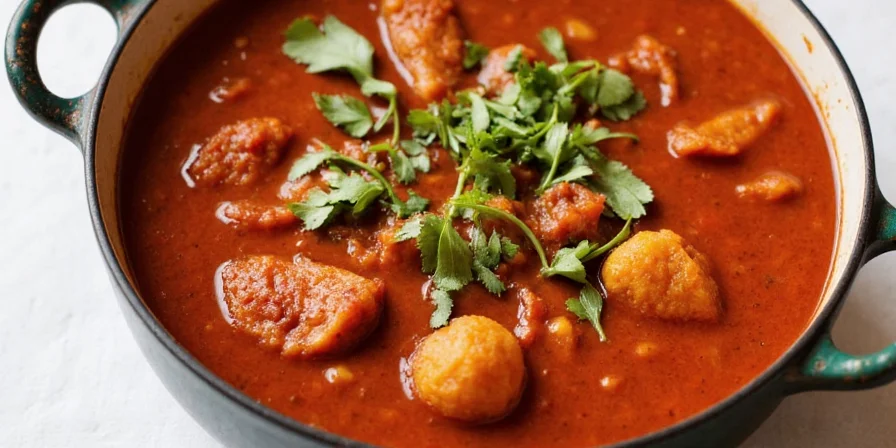
The Spice Lineup That Makes Khoresht Shine
Spices are the soul of any good khoresht. Here’s your cheat sheet for must-have pantry items:
- Turmeric – Adds color, warmth, and a mild bitterness that cuts through rich meats.
- Saffron – Used mainly for fragrance and elegance in special occasion stews like Gheimeh.
- Dried Limes (Limon Amani) – Tangy, citrusy bombs that add a signature sour note.
- Cinnamon – Adds depth and sweetness to fruit-based stews like Fesenjan.
- Cardamom – Often added to lentil-based or tomato-heavy khoreshts for complexity.
- Black Pepper – Never underestimated. A pinch can elevate everything from lamb to eggplant bases.
Pro Tip:
To unlock full flavor potential, lightly toast whole spices before grinding. Freshly ground = more intense aroma and taste!
Pro Techniques for Perfect Khoresht Every Time
Making khoresht isn’t rocket science, but there are certain steps that will make your stews restaurant-worthy:
- Start with Sautéed Onions: Golden onions form the base of most khoreshts. Don’t rush this step.
- Brown the Meat First: For richer flavor, brown the meat before simmering. This adds Maillard reaction magic!
- Simmer Low and Slow: Let your khoresht cook over low heat for at least 1–2 hours. This breaks down connective tissues and deepens flavors.
- Balance Acidity: Use dried limes or lemon juice to adjust acidity. Taste frequently and adjust accordingly.
- Add Starch Strategically: Some khoreshts use flour or potatoes to thicken the sauce naturally.
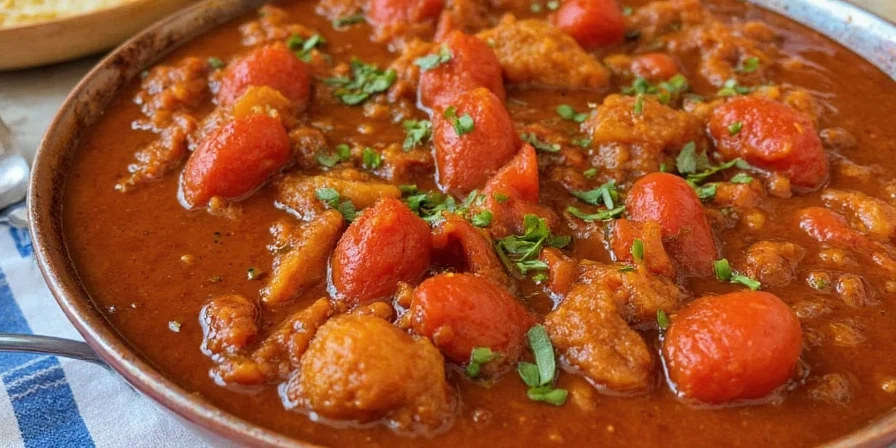
Comparing Top 5 Persian Khoresht Styles
Let’s break down five of the most iconic khoresht styles side by side so you know which one to try next:
| Khoresht Style | Main Protein | Signature Flavor Profile | Key Spice(s) | Heat Level (1-5) |
|---|---|---|---|---|
| Fesenjan | Duck or Chicken | Sweet & Nutty | Walnut, Pomegranate Molasses, Cinnamon | 1 |
| Gheimeh | Lamb or Beef | Umami & Earthy | Lemon, Split Peas, Turmeric | 2 |
| Joojeh | Chicken | Sour & Fragrant | Dried Limes, Saffron | 3 |
| Kadoo | Chicken or Lamb | Savory & Vegetal | Tomato Paste, Cardamom | 2 |
| Esfahani | Lamb | Spiced & Rich | Sumac, Tamarind, Turmeric | 4 |
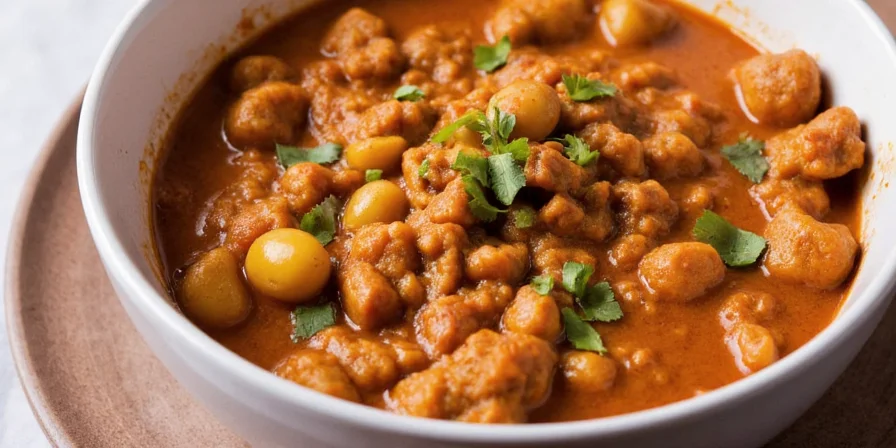
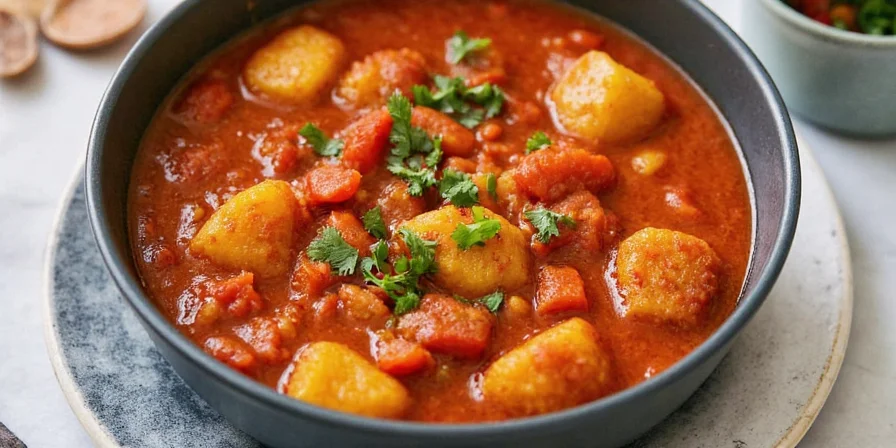
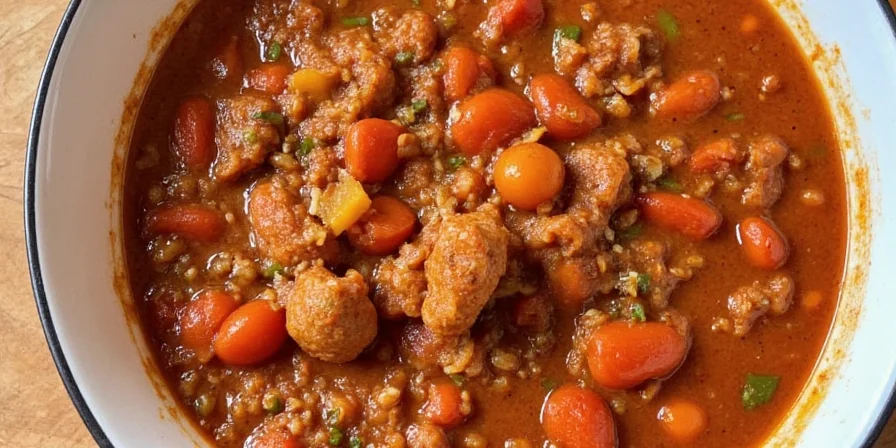
Life-Saving Tips from Khoresht Experts
Want to take your خورشت کاری game to the next level? Here are some hard-won lessons from seasoned cooks:
- Don’t fear the dried lime. It may look like a rock, but once cooked, it bursts with tangy goodness.
- Use oil sparingly. Too much fat can dull the flavors, especially when using rich meats.
- Toast your nuts before adding them to stews like Fesenjan for extra crunch and depth.
- Let it rest overnight — many khoreshts improve in flavor after sitting, as spices meld together.
- Pair smartly: Serve with basmati rice, yogurt, or pickled veggies for contrast.
Troubleshooting Your Khoresht Dilemmas
Ran into trouble while stirring up your masterpiece? Don’t worry — here's how to fix common khoresht mishaps:
| Problem | Solution |
|---|---|
| Too sour | Add a small amount of sugar or honey to balance acidity. |
| Too bland | Boost flavor with salt, turmeric, or a dash of vinegar. |
| Too oily | Skim off excess oil or stir in a bit of flour to absorb it. |
| Meat too tough | Continue cooking on low heat until tender, or add a splash of water or broth. |
| Not thick enough | Simmer uncovered longer, or mix a little flour/water slurry and stir in. |
Summary & Next Steps
Whether you're a seasoned home cook or a novice eager to explore the world of Global Spice Traditions, mastering خورشت کاری opens the door to a world of flavor. From spice blends to simmering techniques, every step matters — but none of it needs to be intimidating.
So grab your pot, round up your favorite ingredients, and get ready to wow your dinner guests with a perfectly balanced Persian stew.
Now, go forth and stew — your kitchen deserves it!
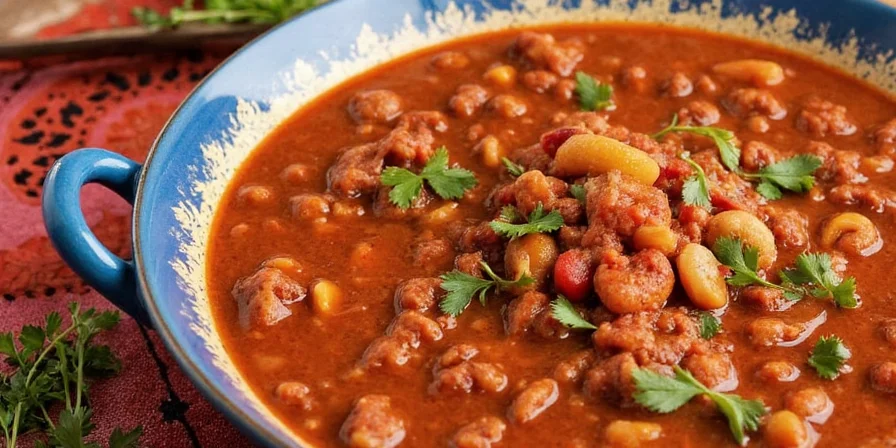
Final Thought:
Remember: The best khoresht is the one made with love, patience, and a sprinkle of spice magic 🌶️✨.

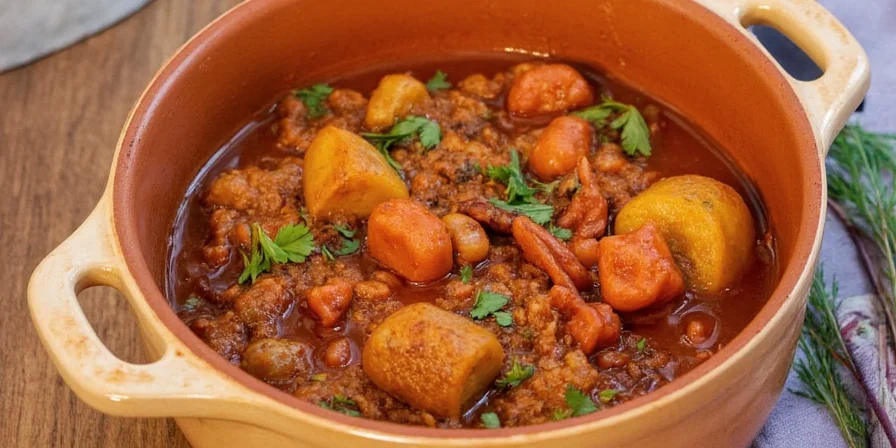









 浙公网安备
33010002000092号
浙公网安备
33010002000092号 浙B2-20120091-4
浙B2-20120091-4